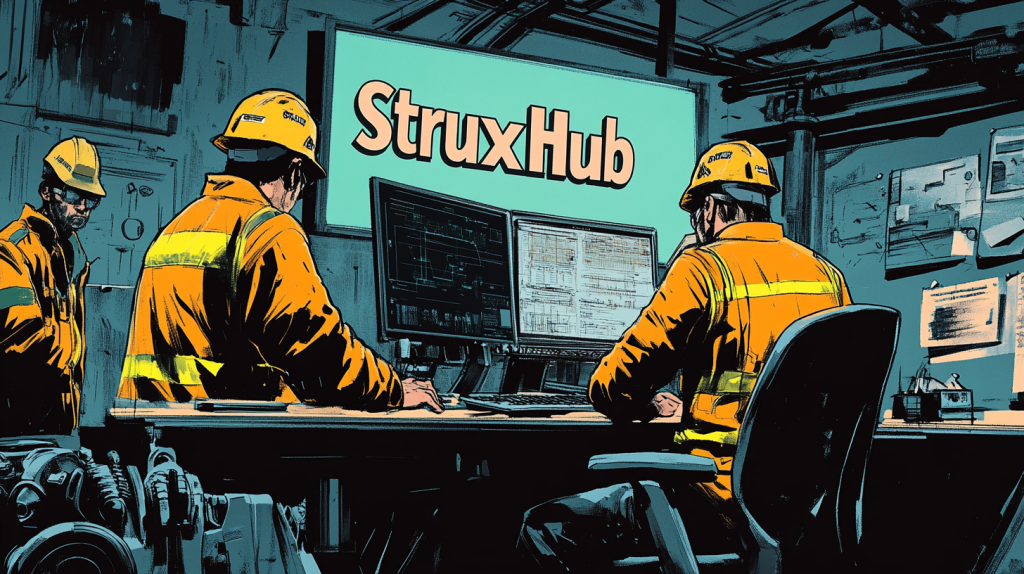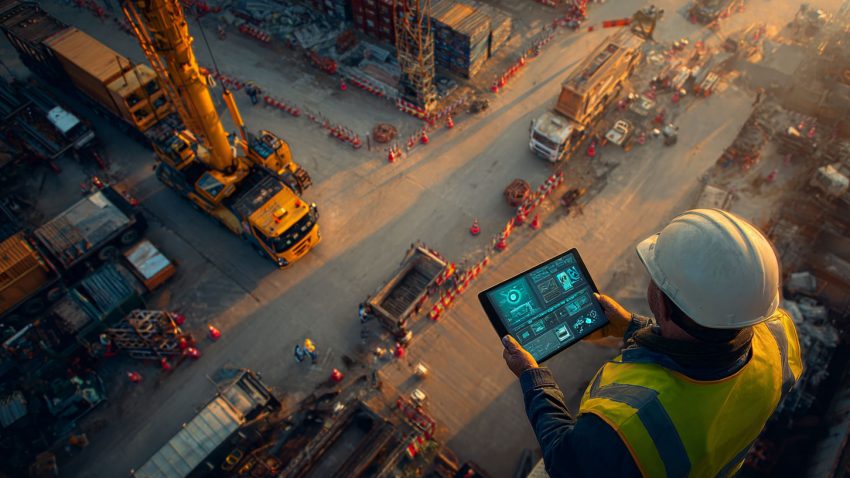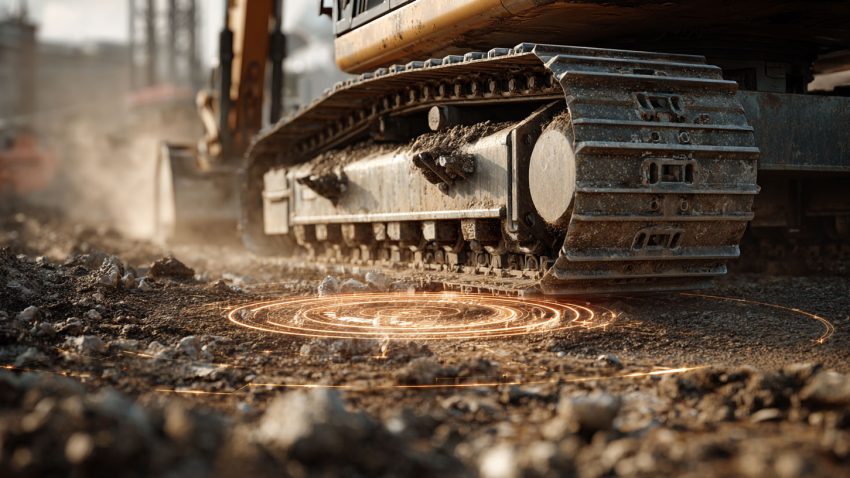Gender Diversity in Construction: Addressing Stereotypes and Industry Change
Table of Contents:
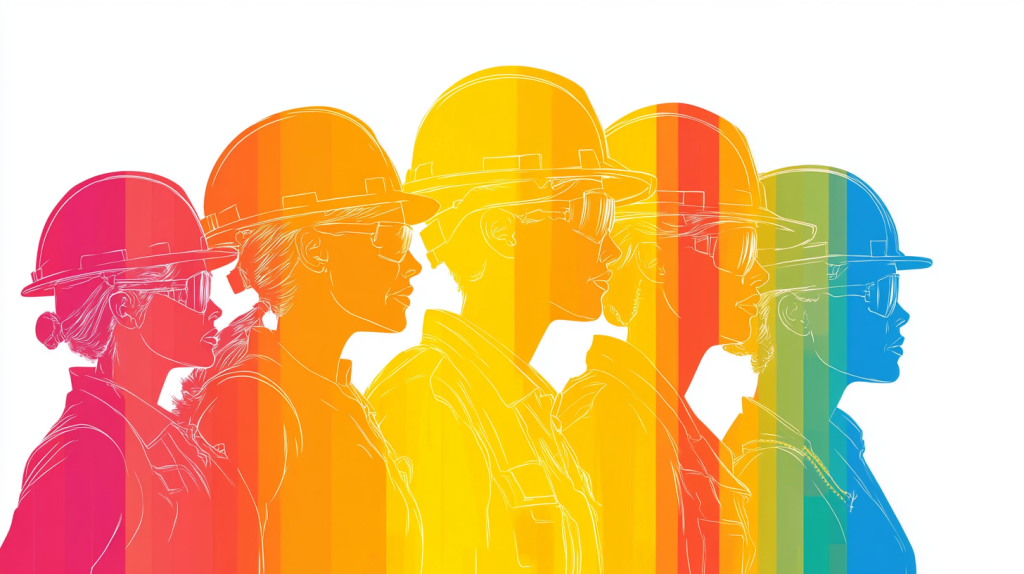
Construction’s Gender Gap: Progress or Just PR?
Walk onto most construction sites today, and you’ll still see a male-dominated workforce, hard hats and all. But behind the scaffolding, a new conversation is taking shape—one that challenges the gender stereotypes that have long defined the industry. From viral backlash against outdated portrayals of women at trade events to companies rolling out diversity initiatives, the construction sector is in the middle of a cultural shift.
Yet, the numbers tell a familiar story. Women make up only about 10% of the construction workforce in the U.S., and an even smaller percentage work in field positions. While progress is happening, many wonder: Is the industry genuinely evolving, or are these efforts just a fresh coat of paint over old attitudes?
The Industry’s Image Problem
Construction has long been perceived as “a man’s world”, reinforced by everything from marketing campaigns to workplace culture. The recent controversy surrounding sexist imagery at industry trade shows only fueled concerns that, while the sector is changing, some parts of it are still stuck in the past.
For years, trade expos have been essential networking hubs, showcasing the latest in equipment, materials, and technology. However, the presence of promotional models—often dressed in attire that has nothing to do with work boots and high-vis gear—has sparked criticism. The backlash was swift, with many arguing that these outdated marketing tactics alienate women in the industry rather than welcoming them.
Some companies are responding by rethinking their branding—choosing to highlight women leaders, skilled tradeswomen, and diversity initiatives rather than leaning on outdated tropes. But is a marketing refresh enough to change deeply ingrained industry norms?
More Than Just a Pipeline Problem
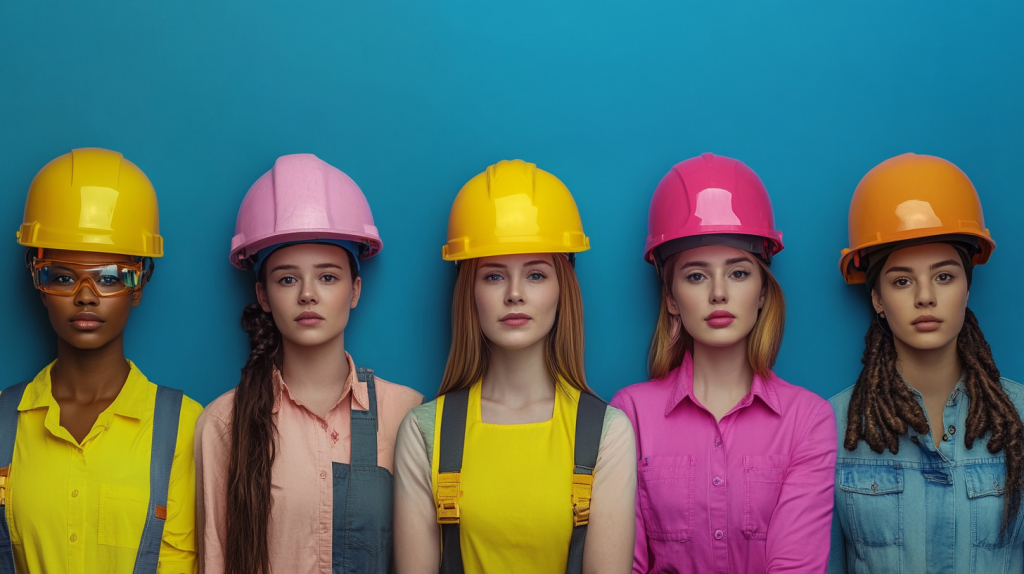
One common defense for the gender gap in construction is the “pipeline problem”—the idea that there just aren’t enough women interested in construction careers. But critics argue that this oversimplifies the issue.
Yes, recruitment matters. Schools and trade programs have historically done little to encourage young women to pursue careers in skilled trades. And while that’s beginning to shift—with more vocational programs actively promoting inclusivity—culture and retention remain bigger hurdles.
Even when women enter the field, they face higher rates of workplace harassment, fewer mentorship opportunities, and limited paths to leadership. Studies show that many women who start in construction leave within five years, often citing an unwelcoming work environment or lack of advancement opportunities.
So, what’s being done to change that?
Lifting the Barriers, Not Just the Beams
Many construction firms are making a deliberate effort to improve job site culture, from implementing zero-tolerance policies on harassment to offering inclusive mentorship programs.
- Workplace training programs are tackling implicit bias and gender stereotyping, aiming to create a culture of respect and equal opportunity.
- Women-focused trade organizations—like NAWIC (National Association of Women in Construction)—are providing networking, education, and career support for women looking to advance in the field.
- Flexible work policies are being introduced to accommodate family responsibilities, an issue that disproportionately affects women in construction.
But perhaps the most impactful change is simply visibility. As more women rise to leadership positions in construction, they serve as real-life examples that the job site is not just for men.

Statistics and Trends: Where Are We Now?
Numbers don’t lie, and when it comes to gender diversity in construction, the industry is still playing catch-up.
- Women make up only 10.9% of the construction workforce, according to the U.S. Bureau of Labor Statistics.
- Just 1 in 100 tradespeople are women in specialized fields like electrical, plumbing, and welding.
- Over 50% of women in construction have reported experiencing gender discrimination or bias in the workplace.
- Retention remains a challenge, with women leaving the industry at a higher rate than men, often due to workplace culture issues.
Despite these numbers, the demand for workers in construction is skyrocketing. The industry is facing a skilled labor shortage, meaning companies that fail to recruit and retain women are leaving untapped talent on the table.
Policy and Legal Efforts: Moving Toward Inclusion
Government-backed initiatives and policies are also pushing for greater diversity in construction.
- The U.S. Department of Labor has introduced grants and workforce programs to increase female participation in apprenticeship programs.
- State and local governments are implementing hiring incentives for construction firms that commit to diverse recruitment and retention efforts.
- OSHA (Occupational Safety and Health Administration) has increased focus on workplace safety for women in construction, including policies on harassment prevention.
These policies are a step in the right direction, but many argue that enforcement and accountability will be the key to real change.
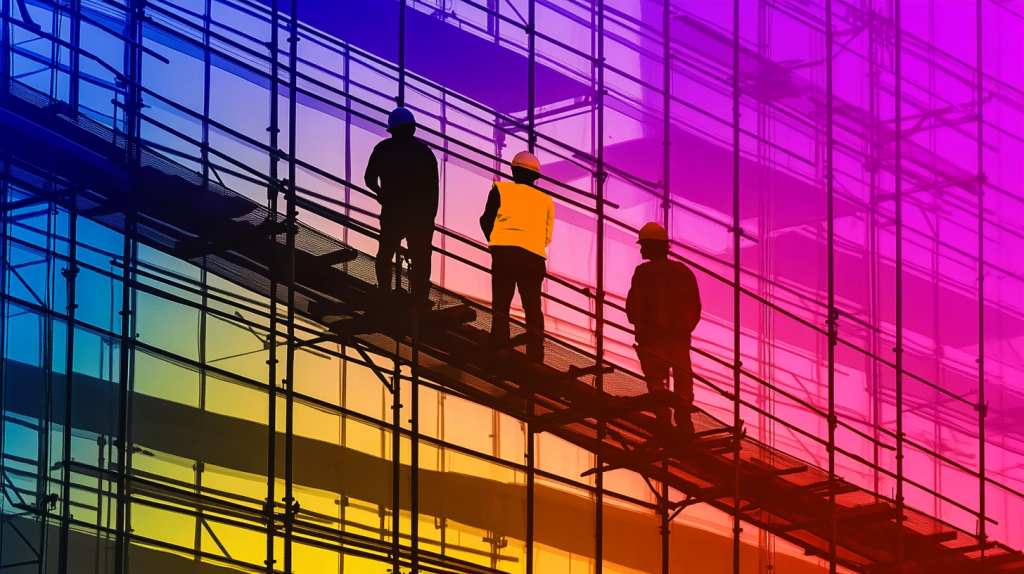
The DEI Backlash: Is the Industry Quietly Rolling Back Diversity Policies?
Just a few years ago, Diversity, Equity, and Inclusion (DEI) initiatives were at the forefront of hiring strategies across many industries, including construction. Companies proudly rolled out workplace diversity programs, inclusive hiring goals, and leadership development for underrepresented groups. But today, the momentum has shifted.
In the wake of political and cultural changes, some companies are scaling back their DEI commitments, either quietly adjusting policies or dropping diversity initiatives altogether. Corporate leaders, especially in sectors like construction, are re-evaluating workforce strategies, balancing labor shortages with concerns about hiring quotas and DEI-related backlash.
One major factor is the changing political landscape. Legislation in some states has challenged DEI programs, with critics arguing that these initiatives promote identity-based hiring rather than merit-based recruitment. In response, some construction firms are moving away from public-facing DEI statements, shifting their focus toward broader workforce development efforts that prioritize skills and experience over demographic targets.
For some companies, the pullback isn’t necessarily about abandoning diversity, but rather reshaping the narrative. Instead of branding their hiring efforts as DEI-driven, they’re emphasizing workforce expansion, skills training, and equal opportunity policies without explicit diversity language. Others have found a middle ground, quietly keeping diversity-focused hiring strategies in place while avoiding public debate on the topic.
Whether this shift is a temporary political reaction or a long-term industry trend remains to be seen. But one thing is clear: the conversation about gender and diversity in construction is far from over—even if the language around it is changing.
Looking Ahead: A Job for Everyone
Will the construction industry ever reach true gender balance? It’s hard to say. Change is happening, but the road ahead is still under construction.
For now, one thing is clear: The conversation about gender diversity in construction isn’t going away. And whether through policy changes, cultural shifts, or simply the next generation of tradeswomen demanding a seat at the table, the industry is being challenged to break ground on a more inclusive future—one where the only thing that matters is who can do the job, not who they are.
Gender diversity in construction isn’t just about fairness—it’s about tapping into a larger talent pool, filling labor shortages, and ensuring that the industry continues to grow and innovate. The change won’t happen overnight, but with more awareness, better policies, and a shift in workplace culture, construction sites could soon look very different from what they do today.
So, the next time someone asks, “Should women be in construction?”, the answer should be simple: “If they want to be, then absolutely.”
Unlock the Full Potential of Your Construction Projects with StruxHub

StruxHub
Experience the power of StruxHub today and witness firsthand how it can revolutionize your construction operations.
StruxHub enhances efficiency and coordination across all project phases, providing a single source of truth that eliminates silos and fosters collaboration. Real-time updates, financial management tools, and seamless commvunication features ensure that all team members and stakeholders are aligned and informed, reducing the risk of errors and delays. With comprehensive solutions for document management, risk mitigation, and quality control, StruxHub maintains project integrity and safety, while mobile access and integration capabilities further enhance project flexibility and efficiency.
StruxHub’s Key Features and Benefits:
- Advanced Delivery Management: Automate and optimize your delivery schedules, ensuring materials arrive just in time, every time.
- Site Communication: Utilize georeferenced maps and instant messaging to keep every team member informed and aligned.
- Construction Materials Management: Track inventory levels and manage materials procurement with ease, reducing waste and avoiding project delays.
- Construction Safety & Inspection Workflows: Implement customizable mobile forms for conducting safety inspections and managing compliance documentation effortlessly.
- Short-Term Scheduling: Visualize project tasks with detailed floor plans, linking each activity to specific locations for better planning accuracy.
- Construction Resource Management: Efficiently allocate personnel and equipment, maximizing productivity and reducing idle time.
StruxHub’s Product Offering:
- StruxHub Deliveries: Simplifies the coordination of incoming deliveries, ensuring materials and equipment are precisely timed to project needs.
- StruxHub Logistics: Offers intelligent site logistics planning, from crane scheduling to space allocation, for smoother operations.
- StruxHub Safety: Elevates on-site safety standards with easy-to-use tools for inspections, permits, and incident reporting.
- StruxHub Scheduling: Enhances project timelines with intuitive scheduling tools that ensure tasks are completed efficiently and on time.
With StruxHub, construction companies can look forward to a streamlined, more efficient project execution that delivers on time and within budget. Embrace the power of innovation and take your construction projects to the next level.
Don’t miss out on the opportunity to optimize your construction management processes with StruxHub. Sign up for a free demo today. Let’s build smarter, together.
Disclaimer:
The views and discussions in this article are intended to explore industry trends, workforce challenges, and evolving policies in construction. StruxHub does not take a political stance on DEI (Diversity, Equity, and Inclusion) policies or any related debates. Our goal is to provide objective insights into how companies, professionals, and industry leaders are navigating workforce development, recruitment strategies, and workplace culture in construction.
We recognize that perspectives on gender diversity and hiring policies vary widely. This article is meant to inform, not advocate, and we encourage constructive discussions on the future of workforce growth in the construction sector.
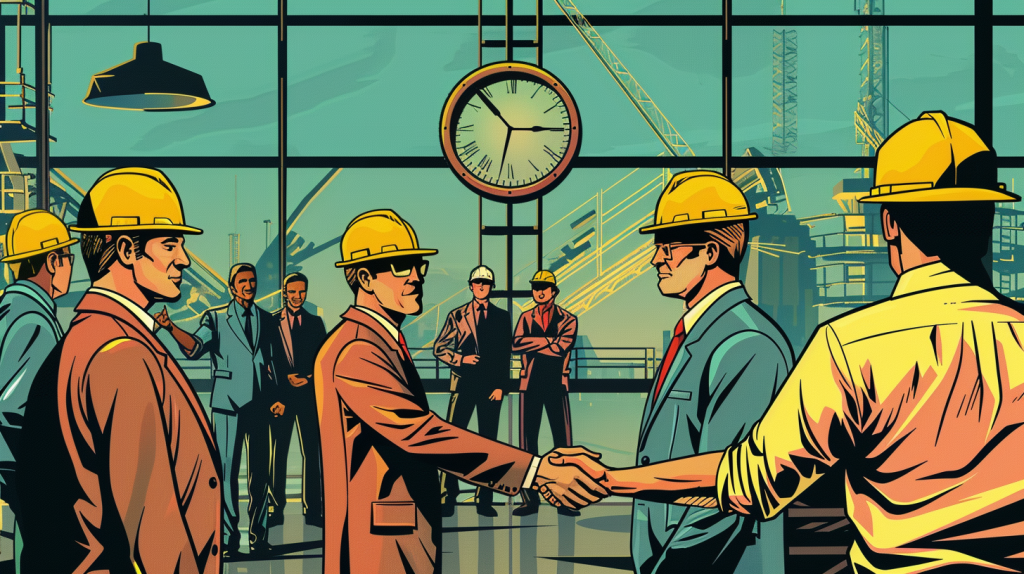
StruxHub
Discover how StruxHub can revolutionize your construction management. Contact us today!
Related Articles:
